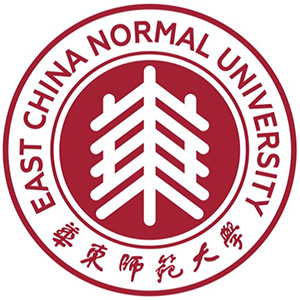Spin states matter–fundamentals, applications and translation to drug discovery
René M. Koenigs
报告人简介
Academic experience - RWTH Aachen University, Institute of Organic Chemistry, Germany:Since May 2022, Professor for Organic Chemistry; 2023 - 2024, Visiting professor at IIT Bombay, India; 2017 - 2020, Visiting professor at UNSW Sydney, Australia; Oct. 2015 - Apr 2022 Assistant professor for Organic Chemistry. Main Research Areas: Organic synthesis, photochemistry, carbene transfer reactions, nitrene transfer reactions, reactive intermediates, catalysis, method development, medicinal chemistry.Professional experience - Grünenthal GmbH, Global Drug Discovery, 52099 Aachen, Germany: May 2013 - Oct. 2015 Head of Laboratory in Lead Optimization Chemistry; Nov. 2011 - Apr. 2013 Post-Doc in Lead Optimization Chemistry. Education - PhD thesis: Feb. 2008 - Oct. 2011 PhD thesis under the supervision of Prof. Dr. M. Rueping, Goethe Universität, Frankfurt/M. then RWTH Aachen University (Summa cumlaude, 1.0). Chemistry studies: Oct. 2002 - Jan. 2008 chemistry studies at Goethe University Frankfurt/M. Diplom (with distinction, 1.0); Jun. 2007 - Jan. 2008 diploma thesis under the supervision of Prof. Dr. M. Rueping. Awards and Scholarships - 2023 Australian Research Council Future Fellowship; 2021 Teaching award from the chemistry student council; 2021 RWTH Aachen FAMOS award for excellence in leadership; 2020 Research Award by the Dr. Otto Roehm Foundation; 2018 Boehringer Ingelheim Exploration Grant; 2017 Thieme Journal Award 2017; 2016 RWTH Start-Up Funds.
内容简介
Carbenes and nitrenes are versatile reactive intermediates that find widespread application in organic synthesis. Their high reactivity, however, often necessitates the use of metal complexes for stabilization of such species. Herein, we describe our recent approaches towards photochemical and photocatalytic carbene and nitrene transfer reactions. Strategies in accessing either singlet or triplet carbenes will be discussed and their applications in synthesis methodology will be presented. We commence with a discussion of nitrene intermediates and how these can be accessed under visible light irradiation without the need of conventional metal catalysts. We describe strategies, how the access of nitrene intermediates can be manipulated by single electron transfer reactions or direct photoexcitation. We conclude with a discussion of a collaborative approach towards drug discovery, where fundamental discoveries can be translated into new drugs and medicines.



